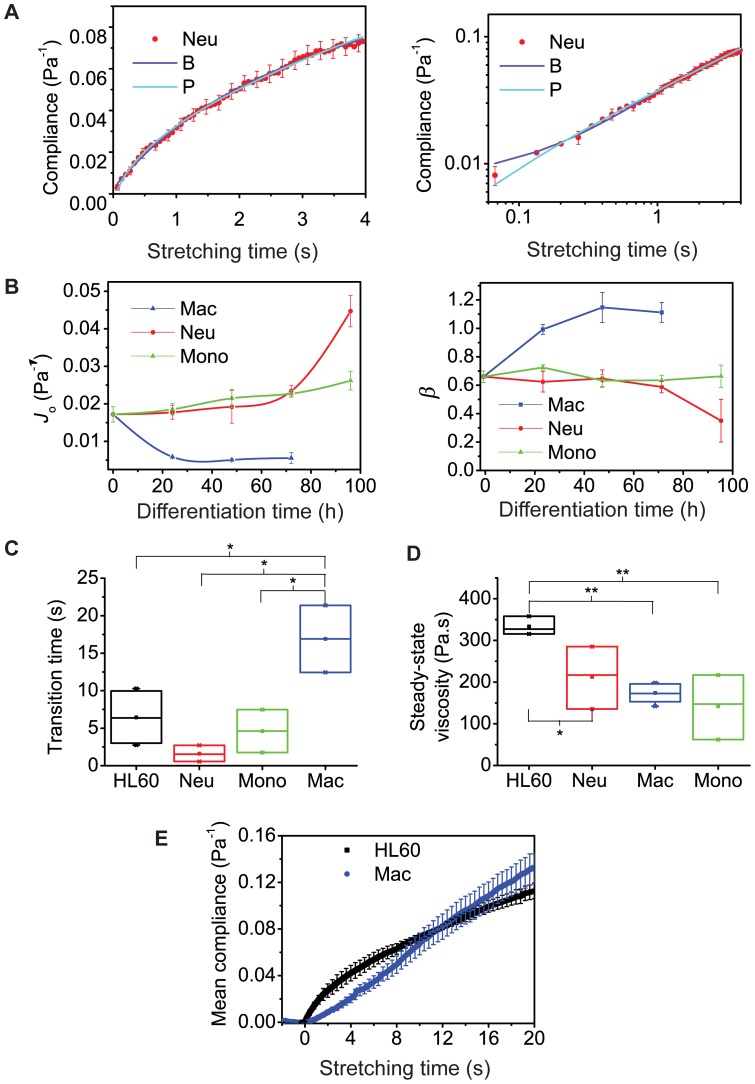Figure 2. Power law and mechanical models describe fate-specific viscoelastic properties of cells during the course of differentiation.
A, Power law fit (P) and one of the mechanical models, here Burgers' model fit, (B) used to extract viscoelastic parameters. For time-scales above 0.1 s and much longer, both power law and mechanical models offer overlapping insights. B, Evolution of initial compliance, Jo, and power law exponent, β, during the differentiation of cells over several days. Jo characterizes the lineage-specific changes in compliance as cells become fully differentiated at 24 h (macrophages) and 96 h (monocytes and neutrophils) after induction of differentiation. The power law exponent β is about 1 for macrophages, indicating liquid-like behavior. The exponent decreases for neutrophils showing increased solid-like behaviour as cells become fully differentiated at 96 h, but stays constant for monocytes, apparently consistent with their state as immature macrophages. C, Time-scales, at which cells change their viscoelastic behaviour, defined as the ratio η 2/E 2 from the transient part of viscoelastic models. D, All differentiated lineages have a lower steady-state viscosity. E, Macrophages are less compliant than undifferentiated HL60 cells on short time creep (4 s) and more compliant on longer creep test (20 s). The * and ** represent significant differences with p values<0.05 and <0.01, respectively.

